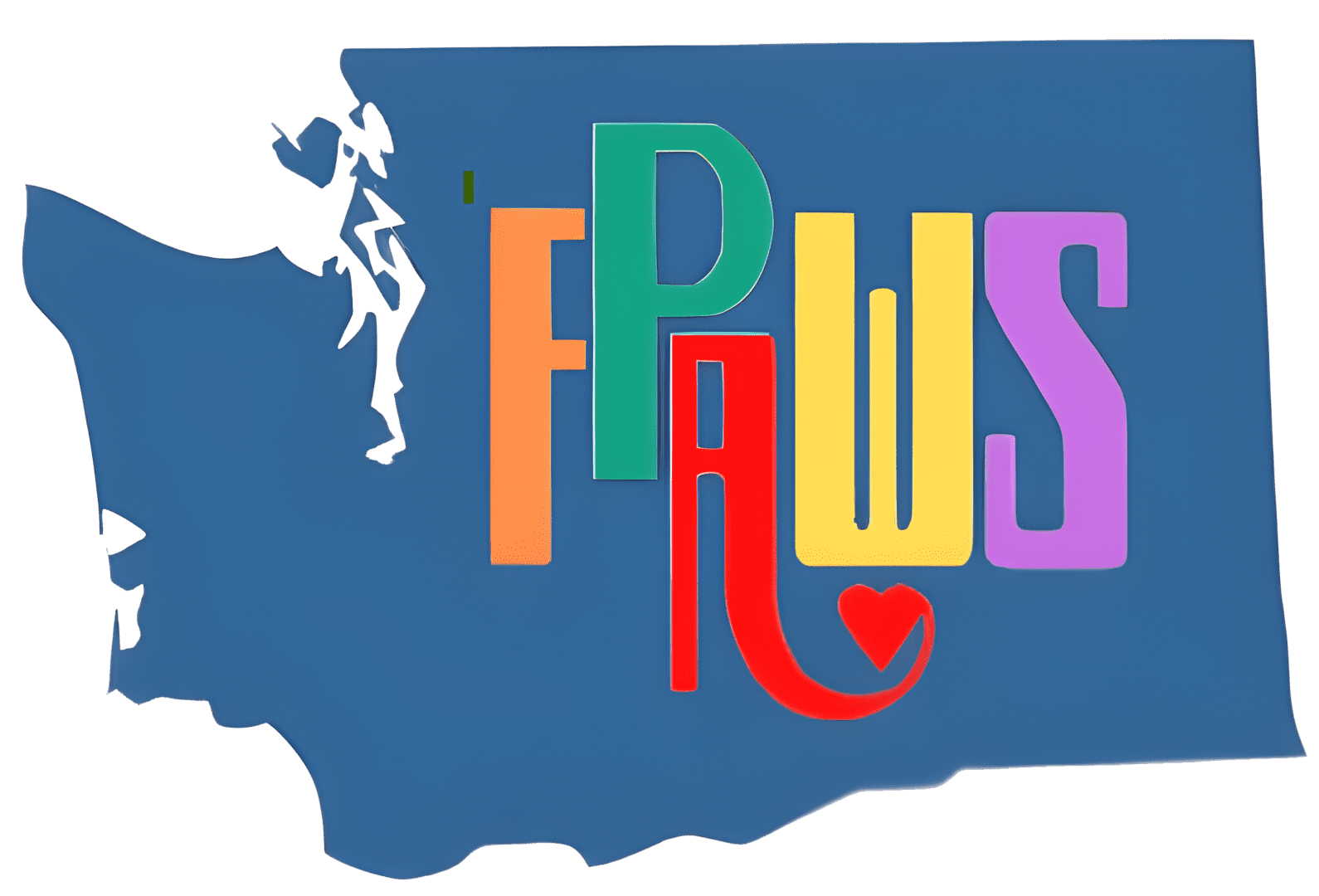DCYF has produced a Foster Parent Guide to Rate Assessments [updated Jan 2020] which explains when and how rate assessments occur.
They also provide the Foster Care Rate Assessment tool that is used by rate assessors to determine the level of reimbursement due to foster homes, which you can download here or from DCYF.
Some tips regarding rate assessments…
- Foster Parent input is expected in a rate assessment. A Foster Parent can expect to be asked each of the questions on this form and be asked to give examples or documents to back up their statements.
- Rate assessments are done after the first 30 days of a placement. This gives the caregiver time to observe and learn about the needs of the child past the typical “honeymoon” period.
- At the first 30-day-assessment, if the level of care is above Level I, a caregiver can expect to be reimbursed that rate back to the first day of placement. A caregiver should confirm this with the rate assessor.
- After the first assessment, a child is assessed automatically every 6 months. The assessment should be initiated by the caseworker. If you do not hear from the rate assessor or the child’s caseworker about the need to reassess the child in your care, contact the child’s case worker. It is helpful to document on a calendar when the initial assessment was done near the 30th day of placement and then again when you expect to participate in the next assessments.
- Sometimes a child’s needs will chanage while he or she is in a placement. At any time, if the child’s needs change, a new rate assessment can be done regardless of when the last assessment was completed. Contact your child’s case worker for more information or if you feel that the child’s needs have changed.
- For some medically fragile children, this rate assessment is less adequate in determining a rate assessment and there are other tools that can be used to determine the level of reimbursement. Ask the rate assessor about medically fragile guidelines if you feel that the rate assessment does not adequately identify the child’s needs.
- If you do not agree to the assessed level of care, there is a process to appeal the decision. Please contact your caseworker for more information.
- Levels of care are broken into 4 categories for most children in care. They are Level I, II, III and IV. There are 3 age groups of children in care and the rates increase depending on the age group of the child.
last updated 7/1/2020

